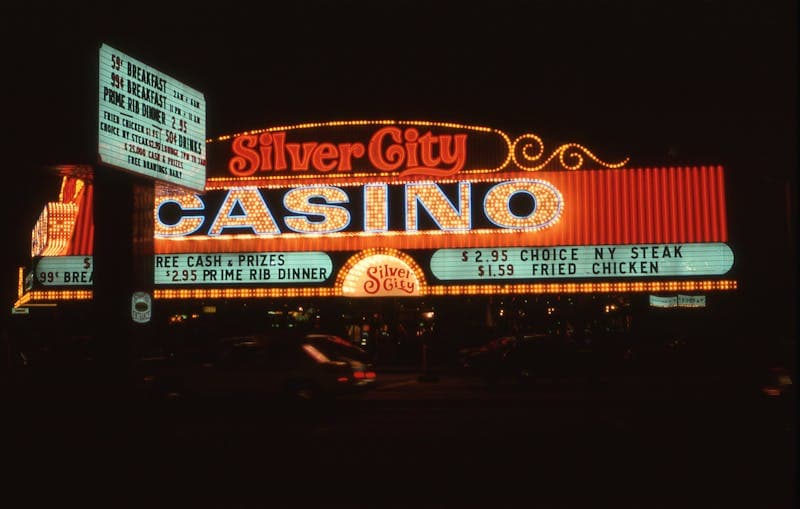Illustrative art has always been a powerful means of expressing social change and reflecting public sentiment. Contemporary artists use their work to highlight current issues, challenges and events that affect society. They do not just create aesthetically pleasing images, but also give them a deeper meaning, forcing viewers to think about important issues.
Contemporary illustrative art covers a wide range of topics: from social inequality and environmental issues to political conflicts and identity issues. Artists use a variety of styles and techniques to convey their messages, from realistic drawings to abstract illustrations. They often draw on their own experiences and cultural context to create work that resonates with audiences.
Using commercial platforms to distribute art
An important part of the success of contemporary artists is the ability to use commercial platforms to promote their work. Collaboration with various online resources, such as Legjobb Kaszino, helps artists to attract a wider audience. These platforms give artists the opportunity to present their works on a global scale, which is especially important in the digital age. Joint projects with such resources not only increase the recognition of artists, but also contribute to the growth of their popularity.
Social networks, blogs and other online channels play a significant role in the spread of illustrative art. With the help of these tools, artists can share their work with audiences around the world, receiving immediate feedback and support. This allows artists not only to showcase their work, but also to actively interact with viewers, discussing topics and ideas that inspire them.
The role of illustration in social movements
Illustrative art plays an important role in social movements and protests, giving a voice to those who often go unheard. Artists create powerful visuals that become symbols of the struggle for justice and equality. These works can have a huge impact, as visual content can quickly convey emotions and messages, attracting the attention of a large number of people.
One of the most important functions of illustrations in social movements is the ability to draw attention to issues that often go unnoticed or underreported in the media. Artists use their talents to create images that tell stories about injustice, social inequality, human rights violations and other important issues. Such works can be used in a variety of formats, including posters, banners, graffiti and even street art, making them accessible to a wide audience.
Illustrations in social movements often become symbols that are easily recognisable and memorable. They can be used at protests, rallies and other public events, mobilising people to take action. For example, during protests against racial discrimination and police brutality, images of a raised fist or portraits of victims of violence have become powerful symbols of the human rights movement. These visuals convey strong emotions and help unite people around a common goal.
In addition, illustrations can serve as a tool for education and awareness-raising. They can provide information about historical events, legal aspects, or statistics in an easy-to-understand way. For example, infographics can explain complex issues, such as changes in legislation or economic inequalities, making them understandable to a wide audience.
In today’s world, where social media plays a key role in the dissemination of information, illustrative art is even more important. Images can quickly go viral, reaching millions of people around the world. This allows artists to communicate their messages to a global audience, fostering international support for social movements.
As such, illustrative art is a powerful communication tool for social movements, helping to draw attention to important issues, mobilise the public and raise awareness. Using their talents, artists make an important contribution to the fight for justice and equality by creating visual images that inspire and unite people.
Commercial collaborations and new opportunities

In addition to traditional methods of distribution, illustrative art is finding new opportunities through collaboration with commercial platforms. For example, partners such as Revolut casino can offer artists interesting projects that combine art with entertainment content. Such collaborations open up new horizons for artists, allowing them to experiment with new forms of expression and expand their audience.
Illustrative art continues to be an important means of reflecting social change. Contemporary artists are actively using their works to highlight current issues and challenges facing society. The use of commercial platforms, social media and new formats of collaboration allows artists to reach a wider audience and influence public sentiment. Thus, illustrative art not only decorates our lives, but also makes them more meaningful and multifaceted.

